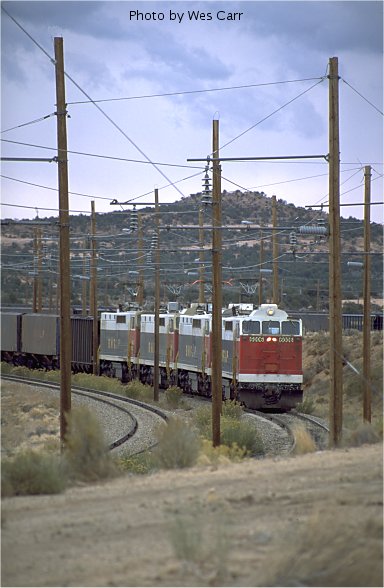
Water is physically precious and spiritually significant to the native people in the desert regions of the Southwest. Despite scientific evidence of damage to Hopi springs, the slurry line operated unhindered until environmental groups forced the closure of the Mohave Generating Station due to sulphur dioxide pollution of the skies around the Grand Canyon. The Interior Department included an “escape clause” in the lease that requires the Secretary of the Interior to force Peabody to find another way to move the coal if the slurry line has an adverse effect on the Navajo aquifer. Boyden advised the Hopis to approve the pumping of groundwater to transport coal, and the lease was approved by the Department of Interior, which holds tribal lands in trust.

Both tribal governments felt compelled to enter into lease agreements in pursuit of economic development that would benefit their people.ĭocuments now prove that the Hopi Tribe’s attorney, John Boyden, was secretly working for Peabody Coal Company at the same time that he was negotiating the coal lease. In the 1960s, both the Navajo Nation and the Hopi Tribal Council signed mineral exploration agreements with Peabody Coal Co. To this day, intricate ceremonies call rain to thirsty corn plants, and each Hopi village still bears the name of the spring that sustains it. Hopi clans came to rest along the southern rim of Black Mesa over a thousand years ago. But the drive to sacrifice pristine desert groundwater for cheap energy has not disappeared, and the Hopi have continued to fight against the mine’s reopening and the expansion of other mining operations in the region. But if you take care of this land and use its resources in the best possible way, you will be here a long time.” Hopi spiritual leaders won a rare victory when, on the last day of 2005, the Mohave Generating Station powered down, forcing the closure of the coal mine and its slurry line. To survive here you have to have a very strong spiritual life. Times in 2004, “As Hopis, we have a sacred covenant with the person that was here a long time before our ancestors arrived.” This person told us it will be hard to be a farmer in a waterless world, no forests, no flowing water or lakes. Vernon Masayesva, founder of the Black Mesa Trust, followed the example of Hopi traditional leaders of the 1970s and ’80s and fought hard against the slurry line. used the water to transport coal via a long-distance pipeline from a strip mine on Black Mesa – a region containing the largest coal deposit in the United States – to a power plant in the Mojave Desert, 273 miles to the west. Every day for 35 years, 3.3 million gallons of pure groundwater were pumped from the Navajo aquifer, which flows beneath the Hopi and Navajo nations in northeastern Arizona.


 0 kommentar(er)
0 kommentar(er)
